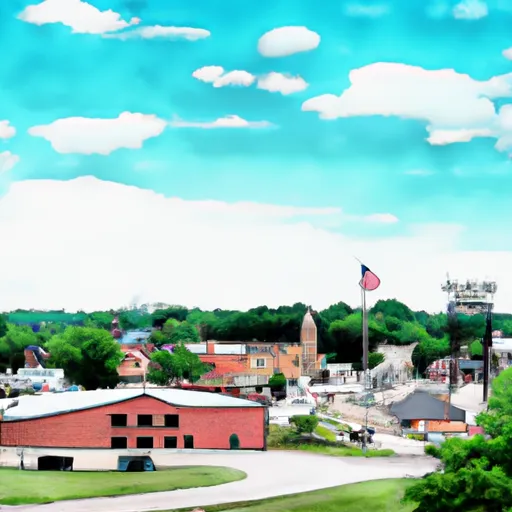°F
°F
mph
Windspeed
%
Humidity











Ixonia is a small town located in Jefferson County, Wisconsin. It has a humid continental climate characterized by warm summers and cold winters. Average temperatures range from the mid-teens Fahrenheit in winter to the mid-80s in summer. Precipitation is fairly evenly distributed throughout the year, with an annual average of around 34 inches.
Ixonia benefits from its proximity to the Rock River, which flows through the town. This hydrological feature provides opportunities for various outdoor activities such as fishing, canoeing, and kayaking. The Rock River is known for its diverse fish population, including species like walleye, catfish, and smallmouth bass.
In addition to the Rock River, Ixonia is surrounded by picturesque natural landscapes, making it an ideal destination for hiking, biking, and birdwatching. The Glacial Drumlin State Trail, a scenic pathway that stretches over 50 miles, passes near Ixonia, offering visitors a chance to explore the region's beautiful terrain.
Overall, Ixonia's climate, hydrology constituents, and outdoor recreation opportunities make it an appealing destination for nature enthusiasts and those seeking outdoor adventures in a tranquil environment.
Weather Forecast
Ixonia receives approximately 882mm of rain per year, with humidity levels near 79% and air temperatures averaging around 8°C. Ixonia has a plant hardyness factor of 5, meaning plants and agriculture in this region thrive during a short period during spring and early summer. Most plants will die off during the colder winter months.
Regional Streamflow Levels
23
Cubic Feet Per Second
3
Cubic Feet Per Second
369
Cubic Feet Per Second
16
Cubic Feet Per Second
Nearby Camping
| Camping Area | Reservations | Toilets | Showers |
|---|---|---|---|
| Clinton Lake State Rec Area | |||
| Charley Brown City Park | |||
| Stephen A. Forbes State Park | |||
| Friends Creek Regional Park | |||
| Jurgens City Park | |||
| Gibson City Park |



